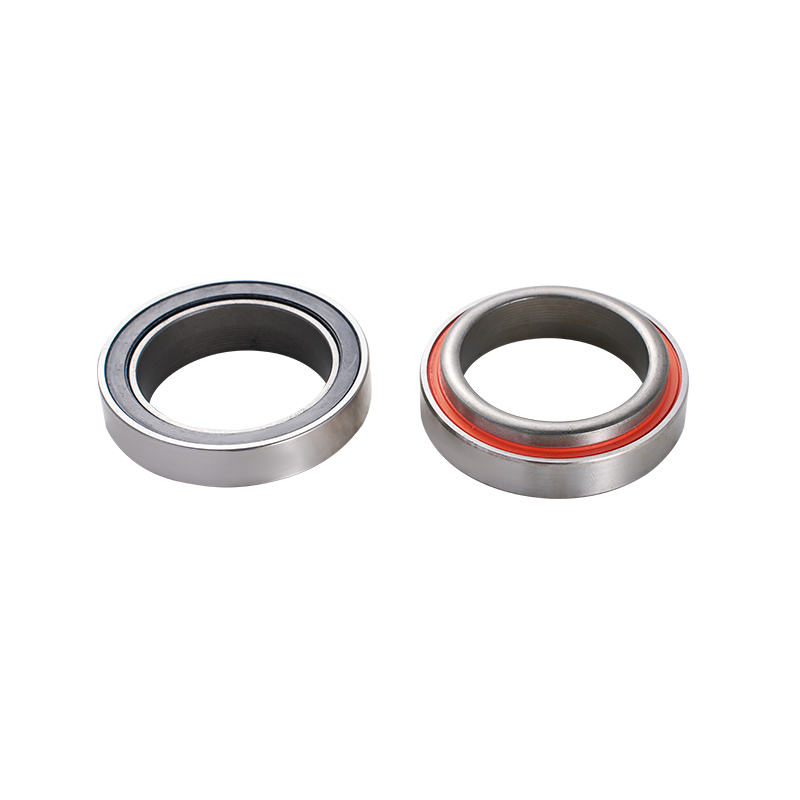In the world of automotive performance and maintenance, understanding how each component contributes to a vehicle's operation is essential. One commonly overlooked component that can directly influence driving dynamics is the clutch slave cylinder release bearing. While it might seem like a small piece of the transmission puzzle, when it begins to fail, it can affect much more than just clutch engagement.
Among the key issues drivers experience is poor acceleration, and this article explores how a malfunctioning clutch slave cylinder release bearing—along with the clutch plate release bearing and clutch release throw out bearing—can create such symptoms.

To begin with, the clutch slave cylinder release bearing plays a crucial role in the clutch system. It works alongside the hydraulic slave cylinder to engage and disengage the clutch when the pedal is pressed. When functioning correctly, the clutch slave cylinder release bearing ensures a smooth transfer of power from the engine to the transmission. However, once this bearing starts to wear out or malfunction, it can result in delayed clutch disengagement, difficulty shifting gears, and yes—noticeably poor acceleration.
How does this happen? A worn clutch plate release bearing or clutch release throw out bearing may not allow the clutch to fully engage or disengage. This slippage interrupts the efficient transmission of engine power to the wheels. As a result, when the driver presses the accelerator, the engine may rev higher than usual, but the car fails to pick up speed in response. This mismatch is often one of signs of a failing clutch slave cylinder release bearing.
In addition to poor acceleration, a failing clutch plate release bearing can cause other symptoms such as a grinding noise when pressing the clutch, clutch pedal vibration, or even resistance during gear changes. These symptoms can gradually become more severe, particularly if the clutch release throw out bearing is deteriorating due to lack of lubrication or age.
As automotive technicians and component specialists know, the clutch slave cylinder release bearing works closely with the clutch plate release bearing and clutch release throw out bearing to ensure seamless clutch performance. When one component in this trio fails, it places stress on the others. For example, a sticking clutch slave cylinder release bearing can cause abnormal pressure on the clutch plate release bearing, accelerating wear. Likewise, a damaged clutch release throw out bearing may prevent the clutch from fully disengaging, again impacting acceleration.
It's also important to understand that these parts don't typically fail overnight. Warning signs appear gradually. If a driver notices inconsistent clutch feel or worsening acceleration, it could be time to inspect the clutch slave cylinder release bearing, as well as the clutch release throw out bearing. Ignoring early warning signs can cause more extensive transmission damage, including the need for a full clutch replacement.
In performance cars or vehicles that are often driven in stop-and-go traffic, the wear on the clutch plate release bearing and its associated components can be even more pronounced. Heat buildup, friction, and repetitive use place additional strain on the clutch slave cylinder release bearing, making regular inspections critical for preventing performance issues.
For drivers experiencing laggy acceleration or rough shifting, having the clutch assembly inspected and replaced if necessary is a smart step toward restoring full driving performance.



 English
English русский
русский
